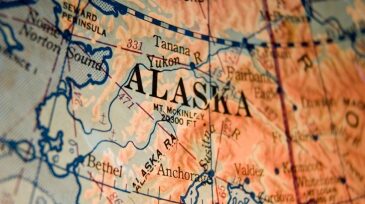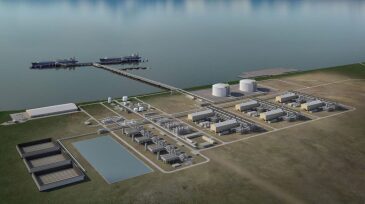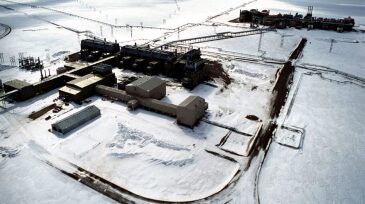Alaska
-
The US Interior Department says native company missed deadline to conduct polar bear den assessment work ahead of planned geological activity.
-
The Dutch major said it has filed an application for drilling operations in the North Slope as part of an effort to help attract buyers to 18 leases it purchased rights to in 2012.
-
The area has a potential for up to 11.8 million bbl of recoverable oil reserves. The program aims to keep oil flowing in the Trans-Alaska Pipeline System, which has seen dwindling throughput since 1988.
-
The deal follows BP’s divestment of its global petrochemicals business in late June.
-
The oil and gas company is using a new online platform to track its out-of-state workers’ health. Now, it’s offering the code for the program to other organizations for free.
-
Although polymer flooding has become a promising enhanced oil recovery (EOR) technique, no field tests have been performed to date in Alaska’s underdeveloped heavy-oil reservoirs.
-
The Alaska LNG project moves another step closer to a final order, expected in June.
-
Most of ConocoPhillips’ oil and gas production by the end of the next decade will come from its unconventional operations. But, for the near-term, the Houston independent will rely on conventional assets as it seeks to keep spending in check, decline rates low, and cash flow on the rise.
-
The deal sees ExxonMobil provide feed gas from its Point Thomson field to Qilak LNG’s proposed export project, which would use icebreaking carriers to export 4 mtpa of LNG to Asia directly from Alaska’s North Slope.
-
Snow depths on Alaska’s North Slope have thinned this year, the University of Alaska Fairbanks said in a study, creating a possible obstacle for exploration in part of the Arctic National Wildlife Refuge thought to harbor more than 7 billion bbl of oil.










